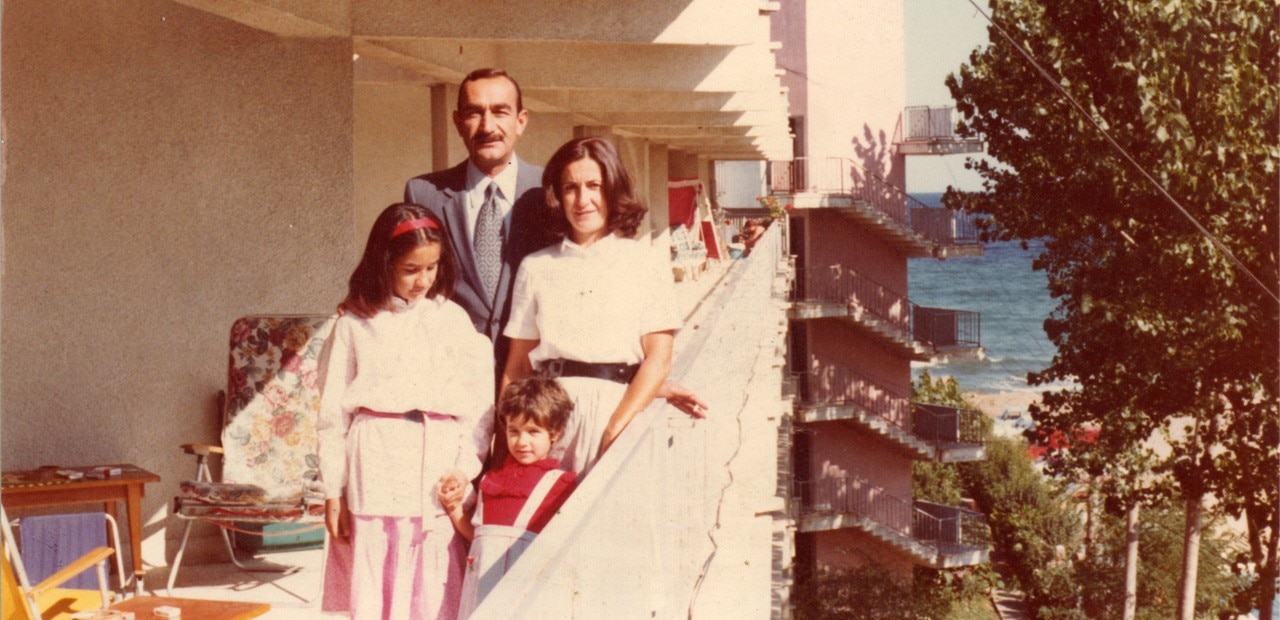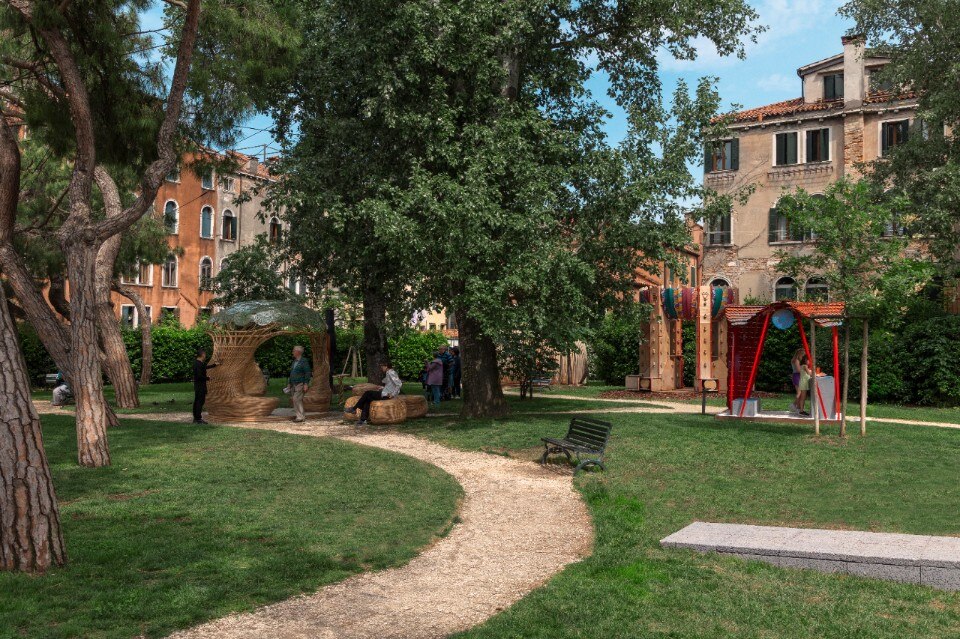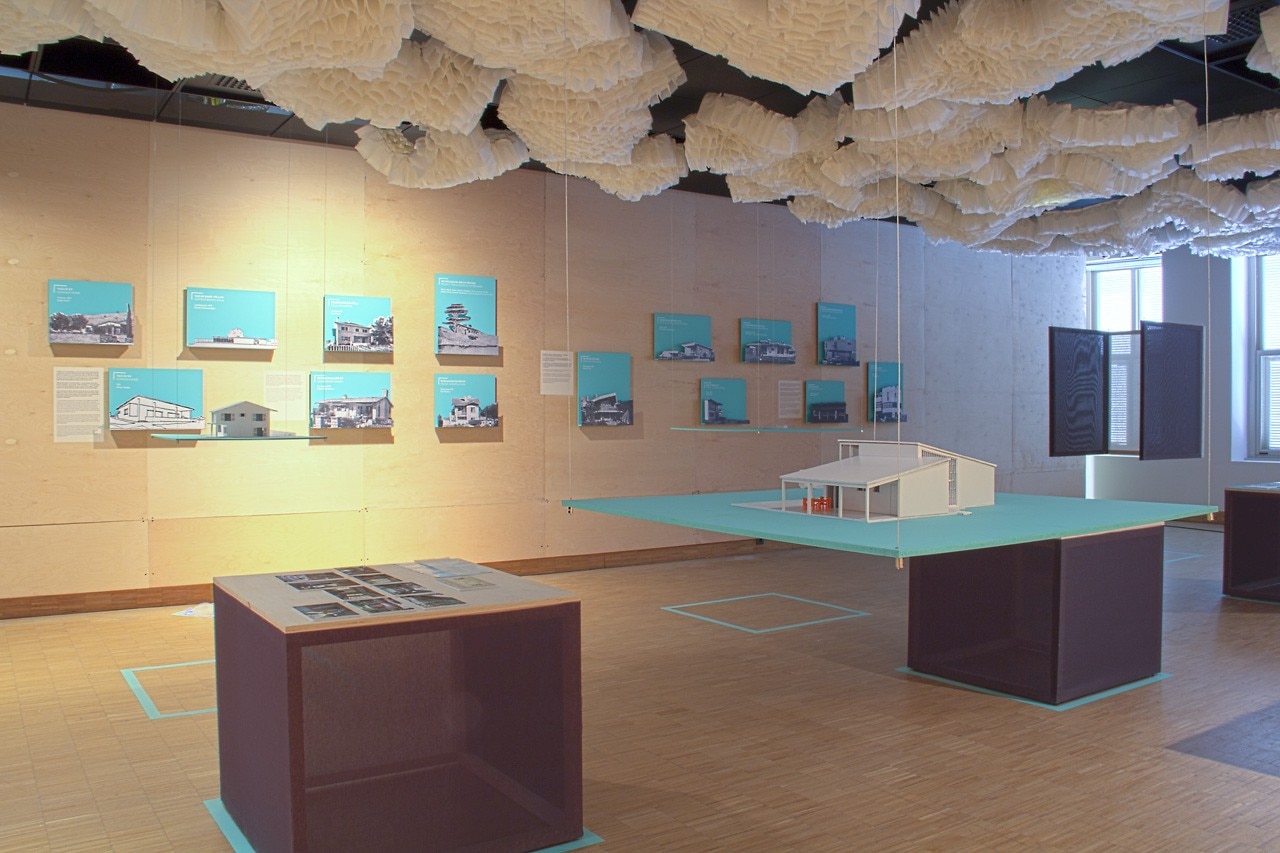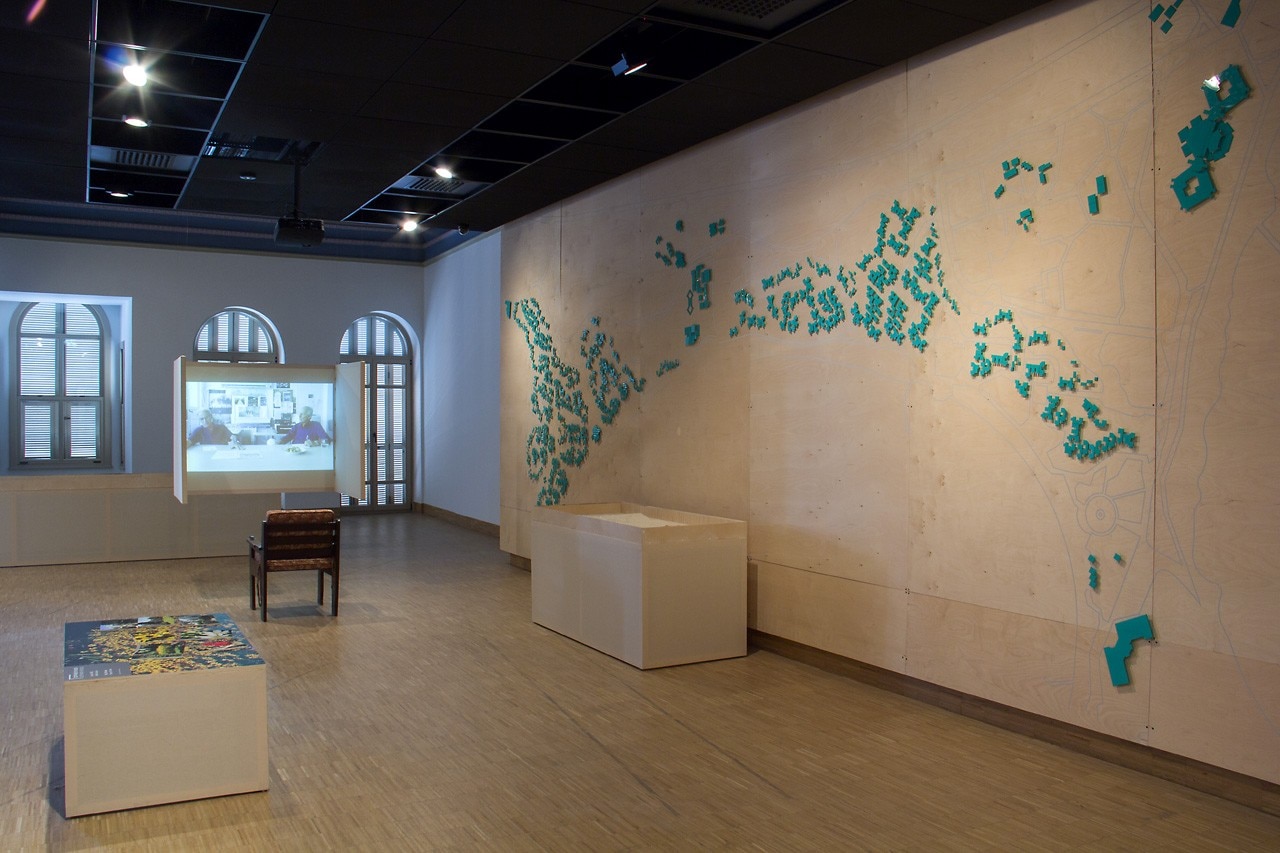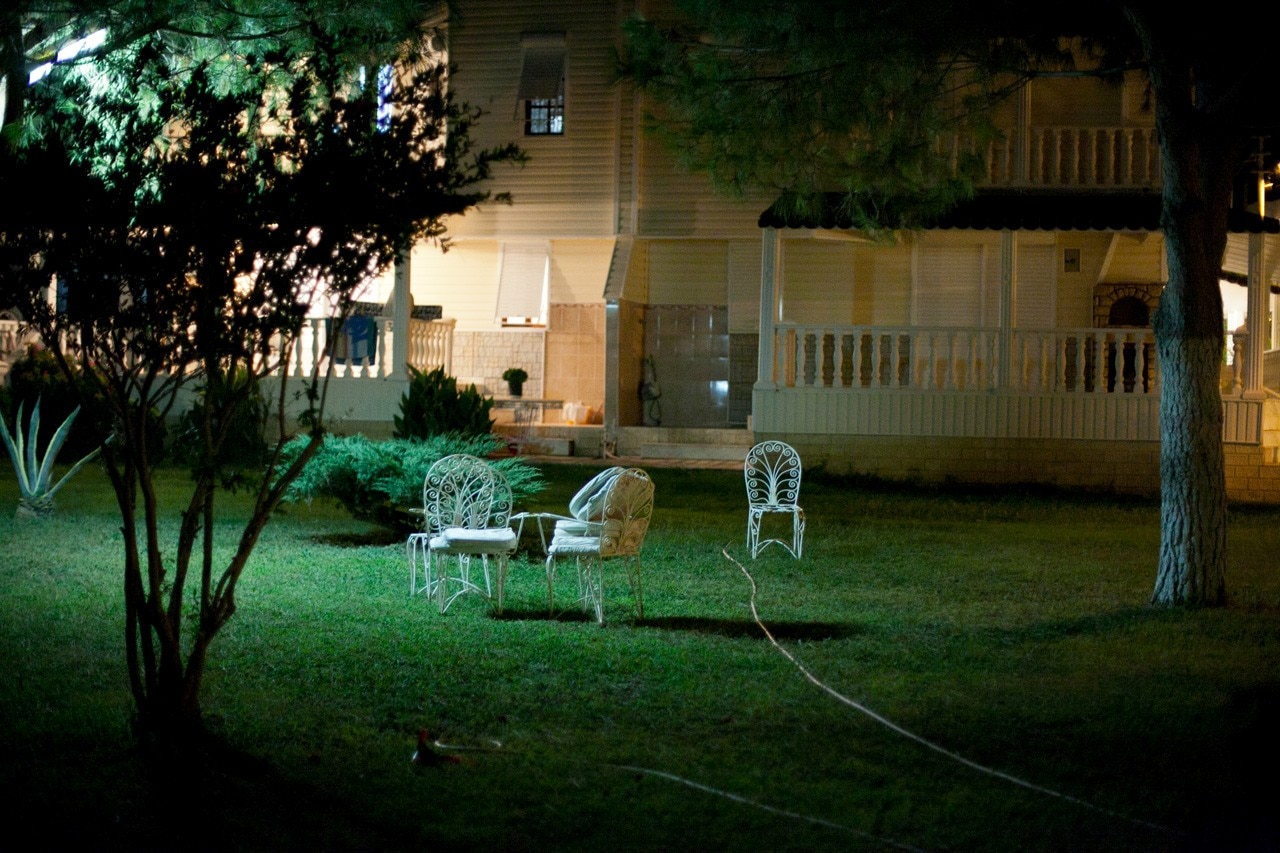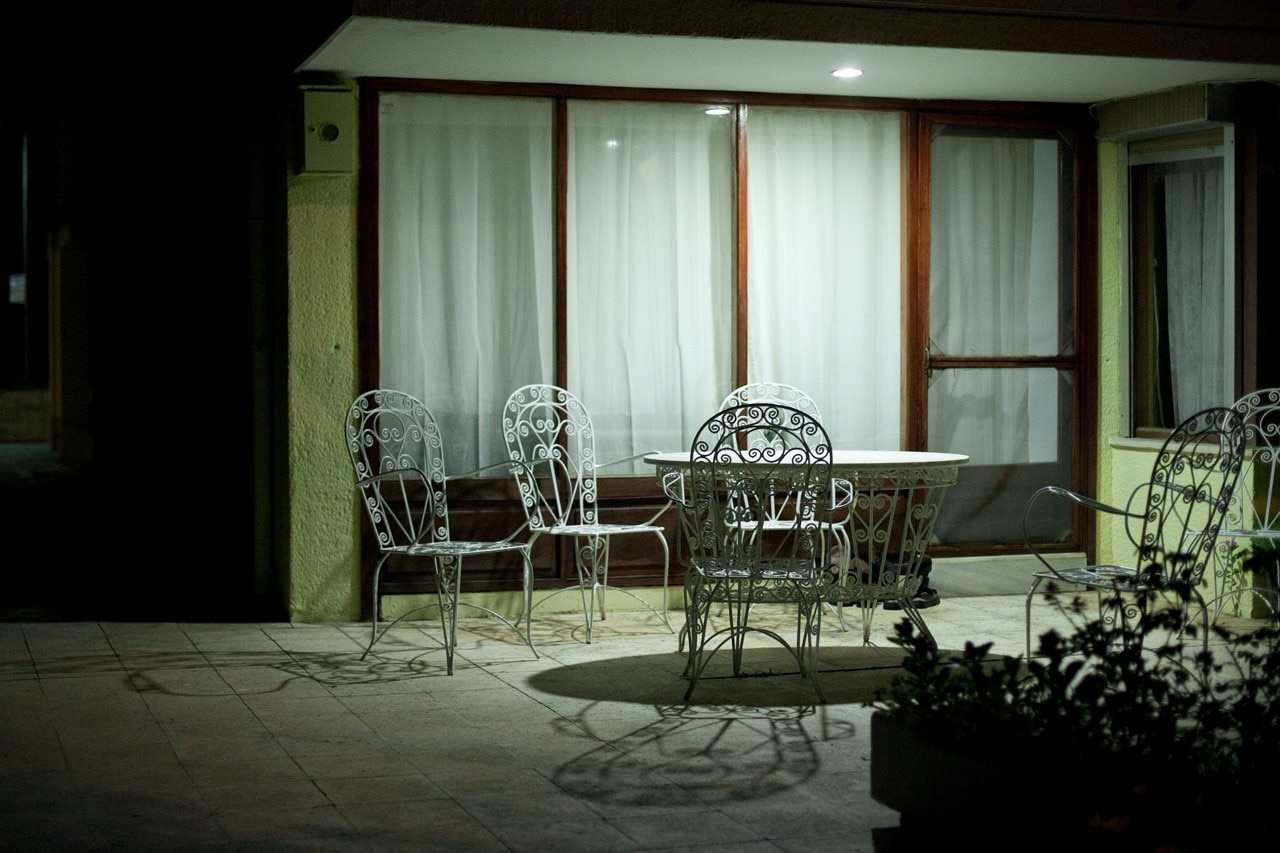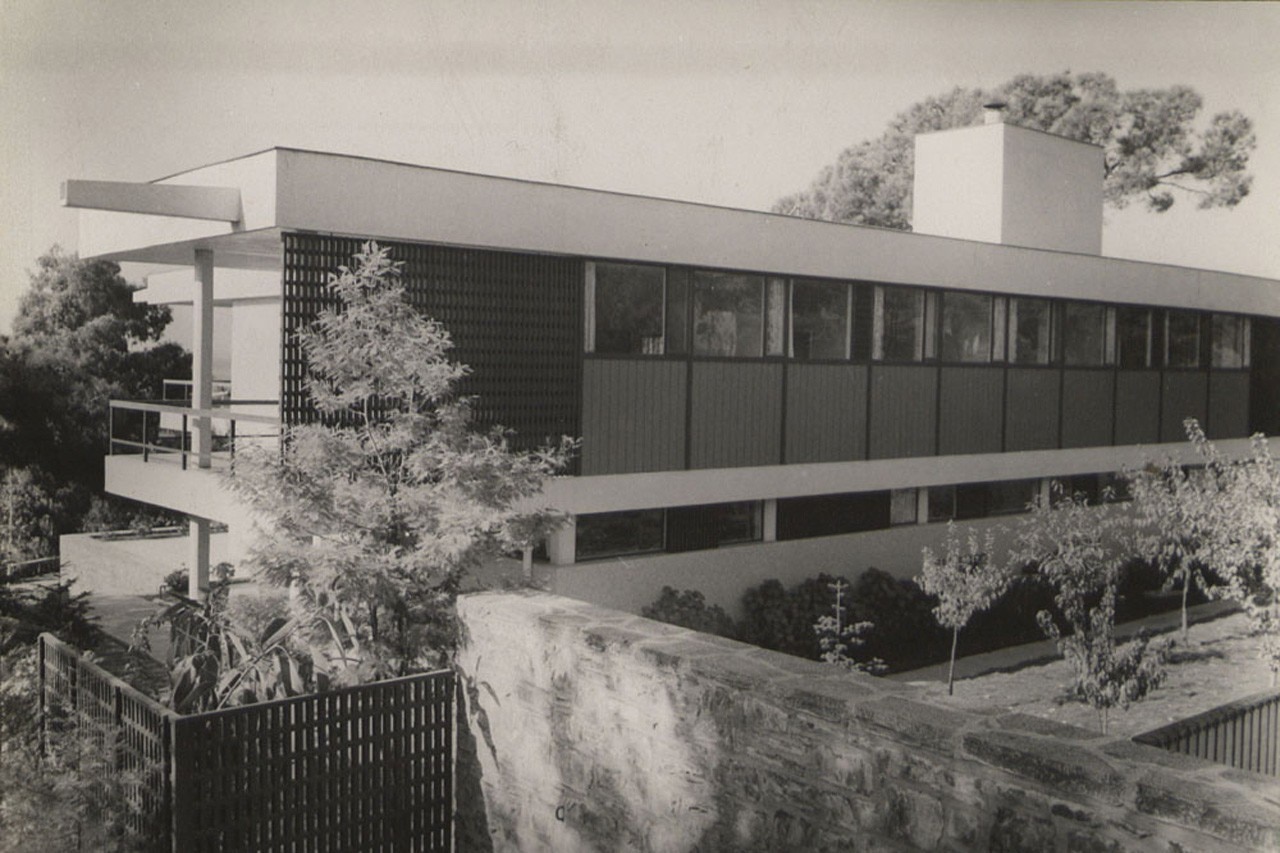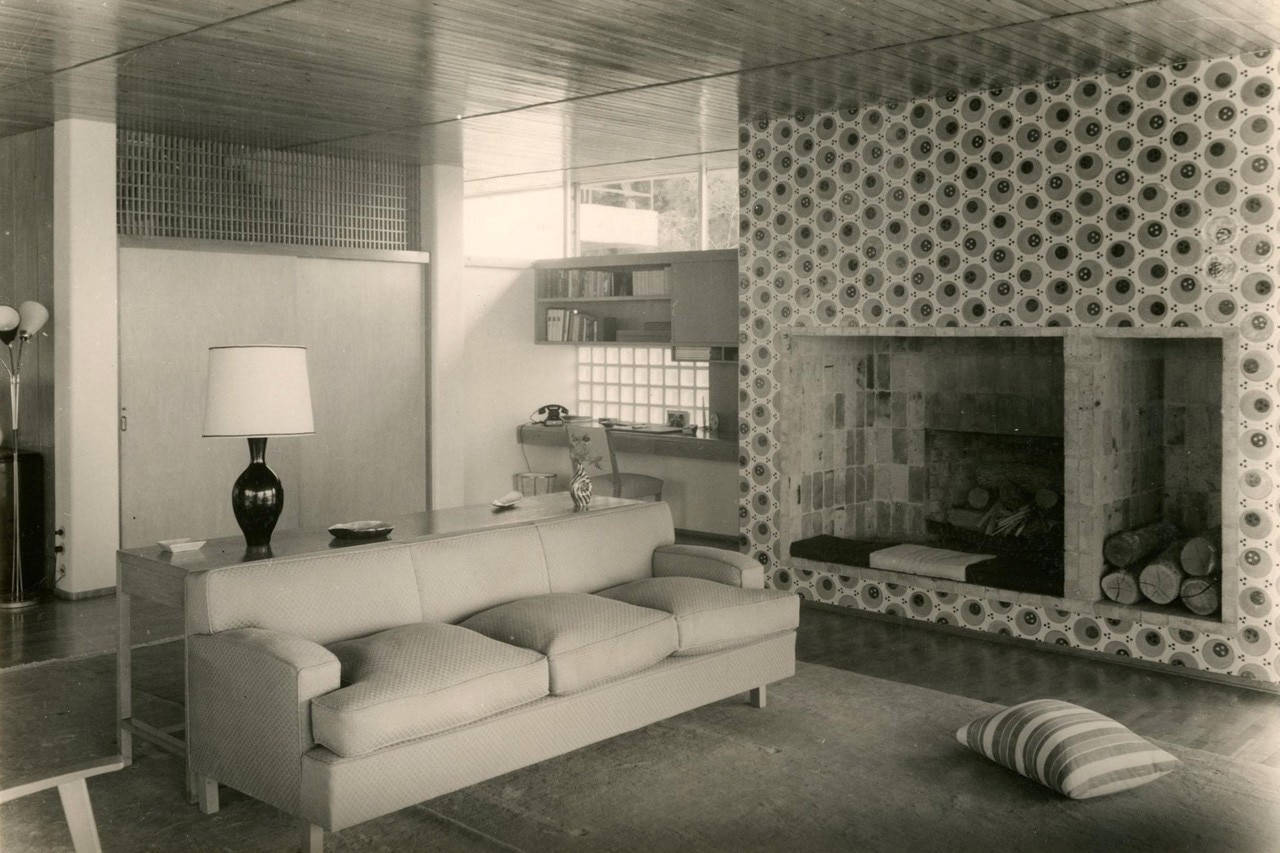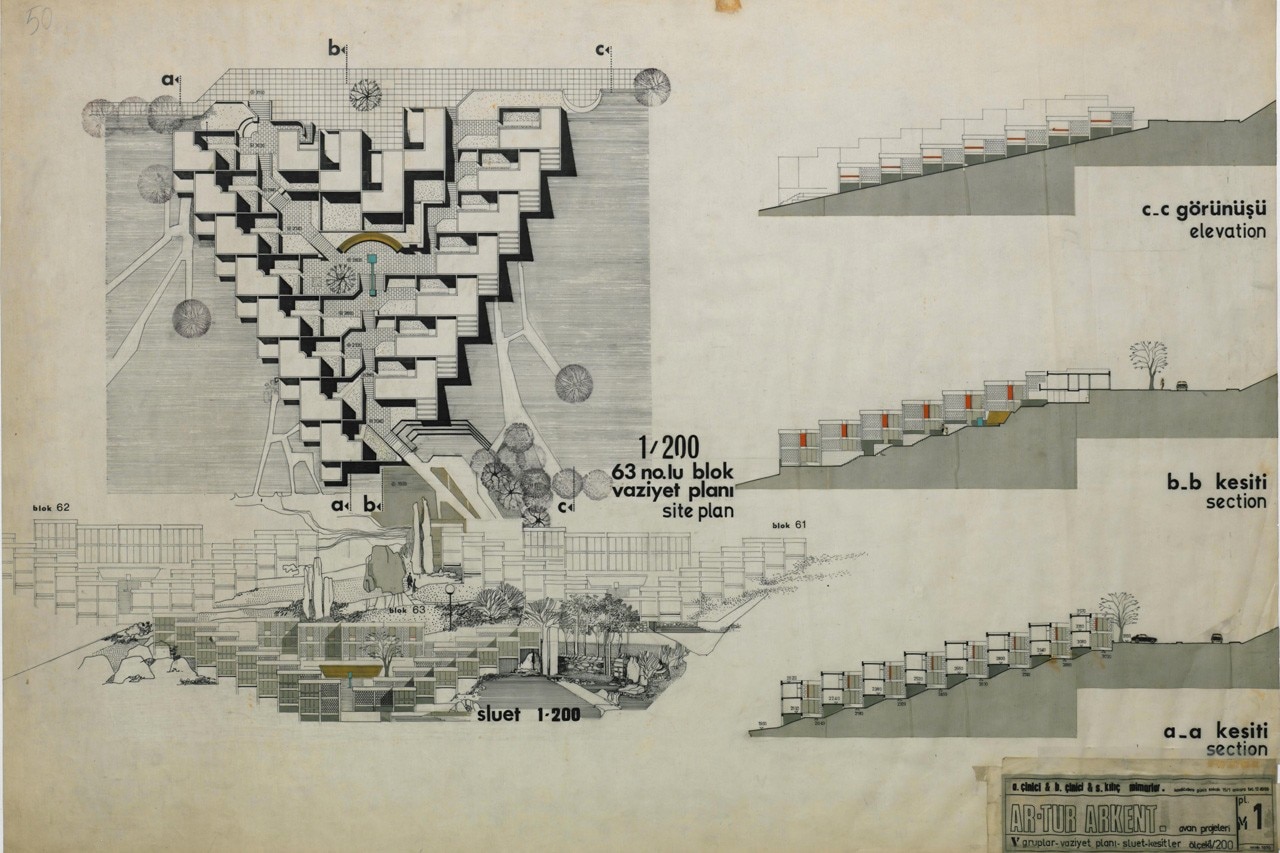
Ever since then, popular coastal areas have quickly transformed from rural communities without running water, roads, telephone lines, or shops, into odd extensions of the city. People who had once simply decked out their summer homes with the tired furniture of their main residence began to tear up whatever they could to make everything new: rooms got bigger, kitchens spread out, and verandas covered the gardens.
As the golden sand of beaches was replaced by the pebbles of construction sites, houses changed hands and housing developments became something altogether different.
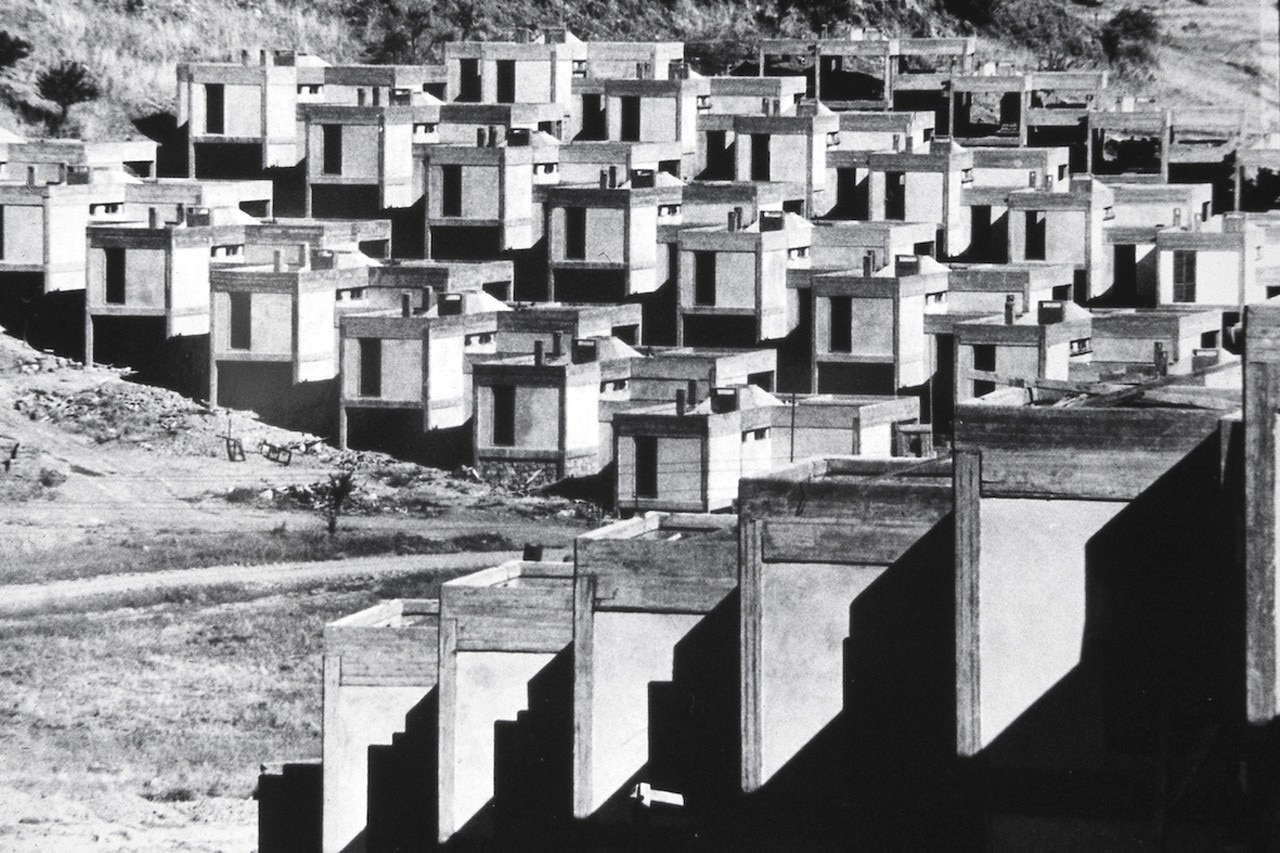
19th-century İstanbul was once the center for summer vacations, from the yalıs of the Bosphorus to the mansions on the islands, for members of the Ottoman court and ambassadors alike. The Marmara summer house served as the prototype for the later Aegean summer house. And it is important to note that, after the 1930s – when magazines of architecture and popular culture advertised and recommended detached summer homes – all of Turkey’s coastal land became linked to the decisions of the capital, Ankara.
In the 1950s, when the government discovered and promoted the Aegean and the Mediterranean as a potential touristic destination, the era of summer housing developments began. All at once, building cooperatives began to spring up, as the value of living in a city became correlated to cooling down in the south during the summer. In order to realize the dream of having a summer house during this era, it was vital to work hand in glove with institutions in the capital that could turn coastal land into building plots. As the 1980s wore on, the scale of operations moved from the regional to the governmental, and as rights, laws, and planning were centralized, the coasts were regularly turned over to building and commercial activity.
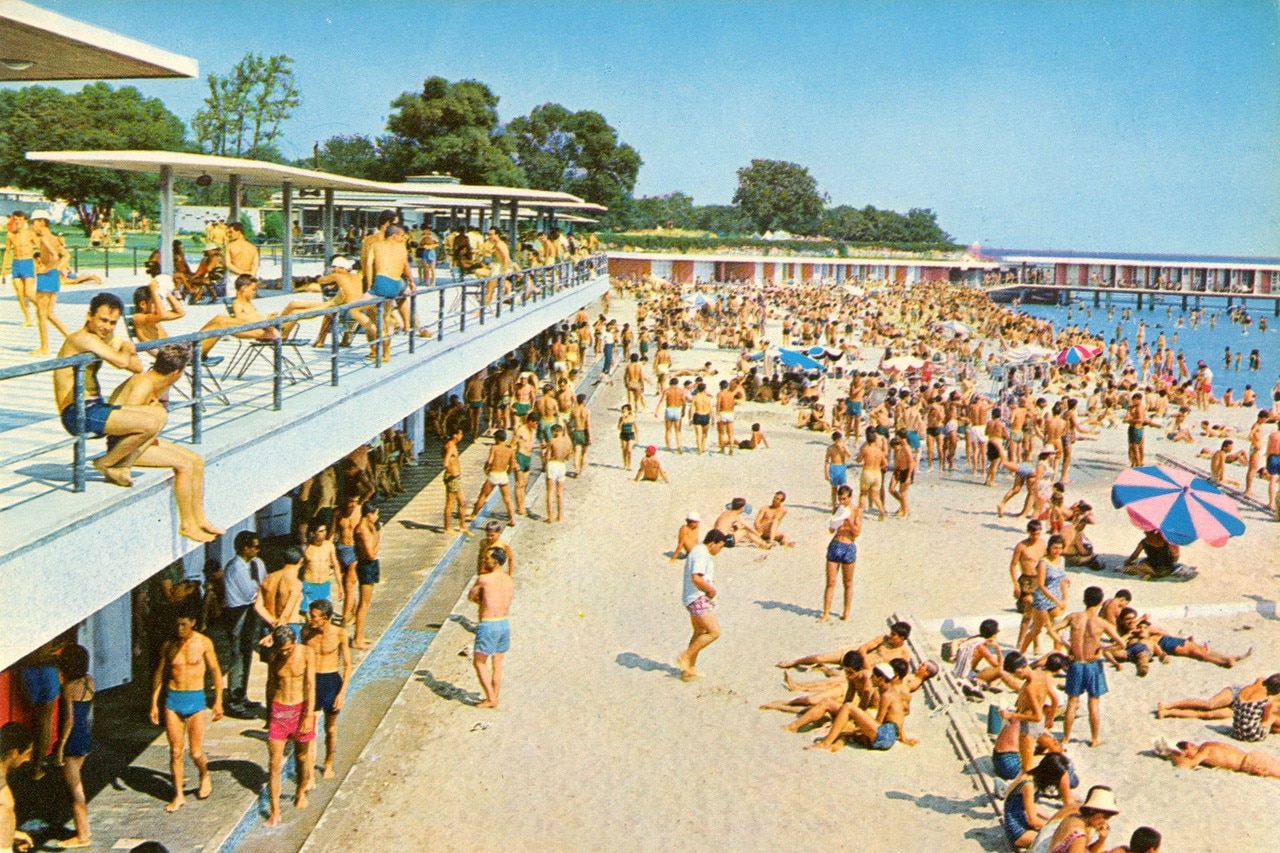
Architects were active in every period of summer house development, but summer houses have never been the subject of comprehensive architectural research. İstanbul yalıs and island mansions can be found in contemporary sources, especially if their architects are known. But this is not the case with the numerous quality individual structures from the mid-20th century.
Housing developments that replaced the ideal of a detached home in the 1970s were studied not in terms of their residential planning, but rather in terms of profiling their architects. Later when it became increasingly popular to build and sell summer homes, future predictions become common, especially those made by the Chamber of Architects, that housing developments would only continue to pile up at an unsustainable pace.
The pressure being put on the coasts by cities goes beyond mere construction: it has turned into a way of making lifestyles everywhere the same, and architects are once again being invited to the coasts in order to produce brand-name projects. Imagining an infinite number of scenarios for the near future, from completely abandoned concrete ghost towns to laboratories that bottle up sunlight for northern Europeans, now is the time to look closely at the summer home phenomenon.
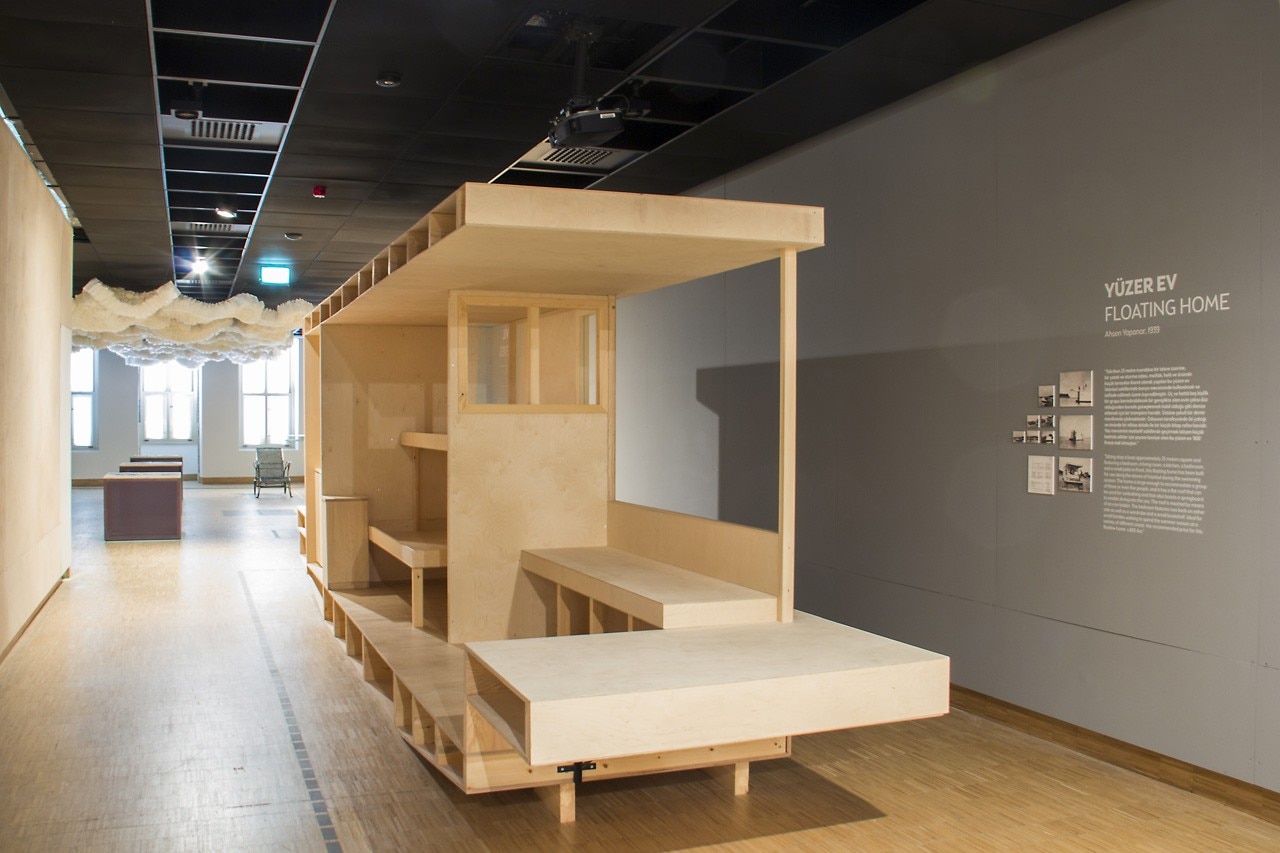
until November 16, 2014
Summer Homes:
Claiming the Coast
SALT Beyoğlu
Asmalı Mescit Mh., İstiklal Cd No:136
Beyoğlu, Istanbul

Tomorrow's energy comes from today's ideas
Enel extends the date to join the international “WinDesign” contest to August 30, 2025. A unique opportunity to imagine the new design of wind turbines.


